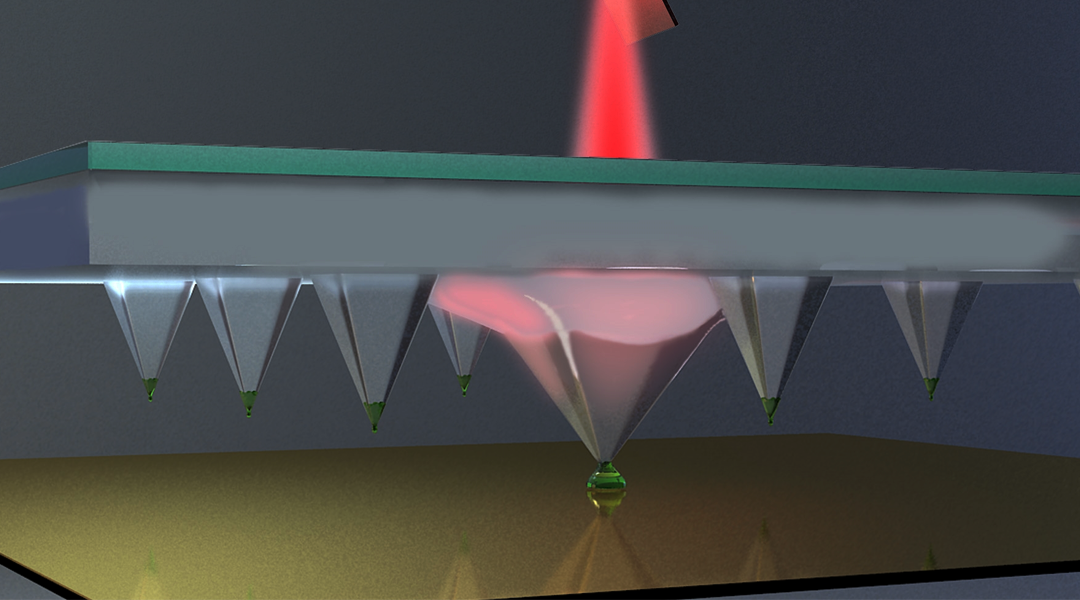Both, academic research and industry have much interest in materials that can change shape and functionality in response to stimuli. These materials can find application in artificial muscles, biomedicine, and smart robotics. Photoactuators that respond to light provide unique advantages such as remotely-controlled actuation.
Over the previous two decades, researchers have developed physical probe-based nanolithography techniques for molecular printing. Cantilever-free polymer pens have shown encouraging results recently; however, they exhibit limitations in pattern complexity, only being able to duplicate a single pattern throughout the whole array.
Production of high-resolution, inexpensive soft materials from polymers or biopolymers is required. Therefore, researchers are searching for a solution to enable dynamic actuation of individual pens, which would enable printing of complex designs. Previous efforts to produce individually-actuated pens in arrays have required complicated individual pen set-ups that have not provided the desired scalability due to too much complexity in the pen design.

Schematic illustration of a photoactuated pen within an array. More information here.
Keith A. Brown (Boston University), YuHuang Wang (University of Maryland) and co-workers, demonstrate photoactuated pen arrays for high-quality molecular printing. The pen arrays are easily actuated using light equipment similar to a projector.
Control of the pen array is achieved, because of large photoactuation effects that occur in the polydimethylsiloxane–carbon nanotube composites used to fabricate the pens. Illumination of pens results in localized printing, while pens outside the illumination area are not actuated. The actuation process is fast, energy-efficient, and fully reversible.
Professor Wang was happily surprised by how well the photoactuation worked. He states, “Although, we knew that photothermal actuation could occur because nanotubes absorb light, it was completely unexpected and amazing that this effect is so large, that it alone can drive the pens locally to perform molecular printing.”
The results of this research are two-fold: local control of individual pens in large arrays paves the way for large-scale nanolithography, and the fabrication of a scalable soft actuator that could aid progress in soft robotics and microfluidics.
Professor YuHuang Wang thanks post-doctoral researcher Zhongjie Huang, graduate student Le Li and other co-workers in Professor Keith Brown’s group, and his own group members for their close collaboration to bringing this effect to light.
















